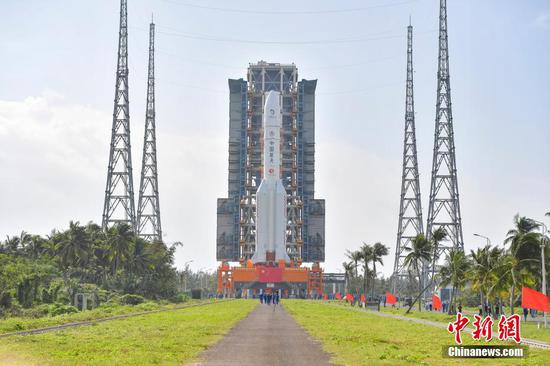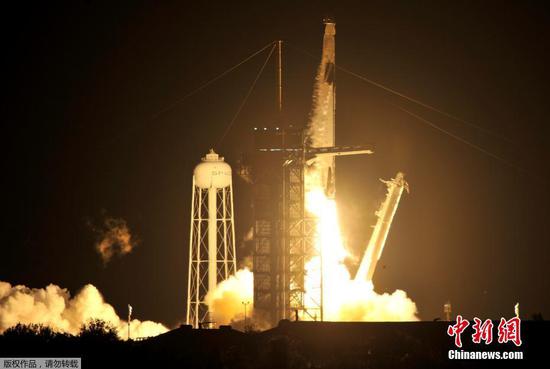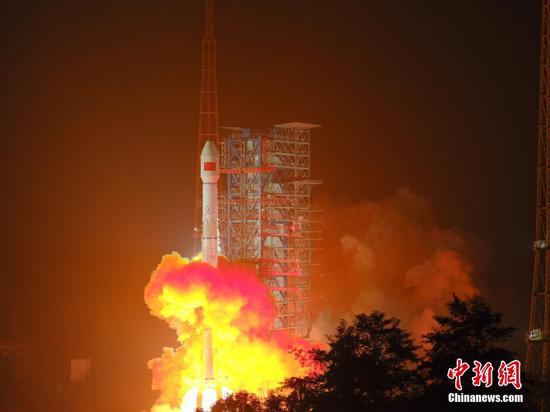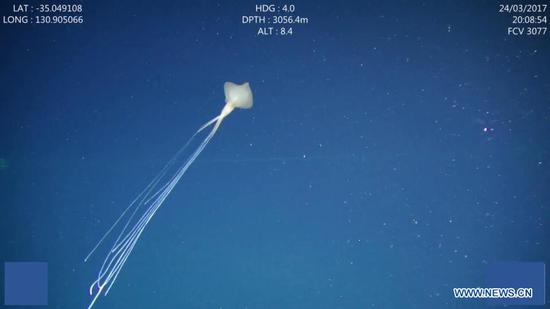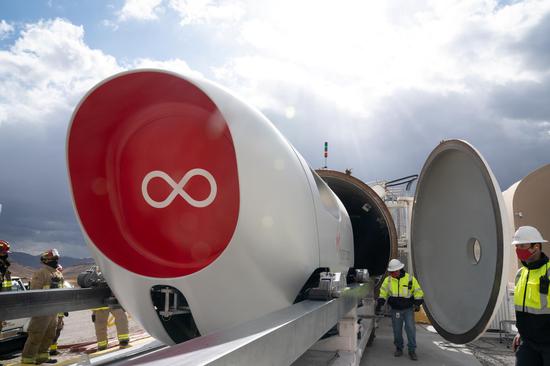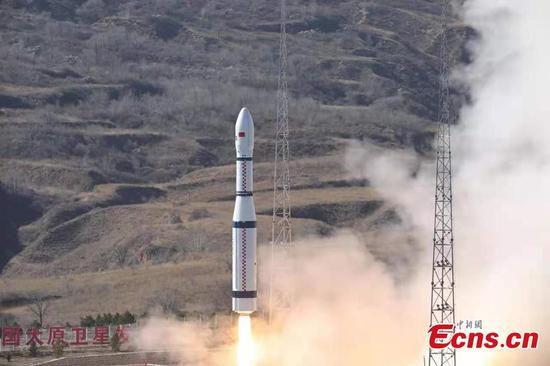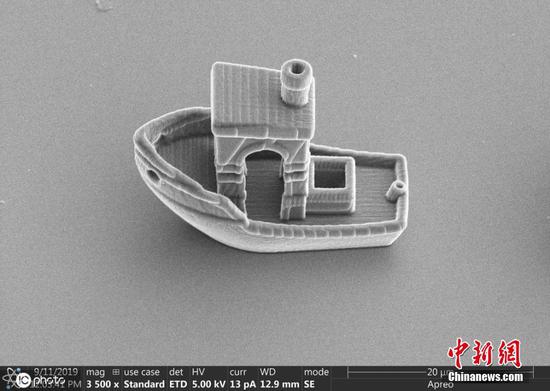China has launched its first array of giant radio antennas to support missions to Mars and the moon, sources with the Xi'an Satellite Control Center said on Wednesday.
After nearly two years of construction, the deep-space antenna array system was built at the control center's Kashgar station in northwestern Xinjiang Uygur Autonomous Region. It consists of four 35-meter-diameter antennas, three of which are newly built. Its data reception capability is equivalent to that of an antenna with a diameter of 66 meters.
According to the center staff, the system was developed to enhance the ground station's monitoring range and data receiving sensitivity for the country's deep-space exploration projects. It has been used to track the Mars probe Tianwen-1 and the lunar probe Chang'e-4.
Because each antenna can work independently, the system can track and control single and multiple spacecraft over hundreds of millions of kilometers at the same time, said Li Sihu, head of the Kashgar station.
Li noted that the system could also work with other observatory stations at home and abroad to carry out joint radio astronomy observation activities.
China plans to launch a Long March-5 Y5 rocket carrying the Chang'e-5 lunar probe late this month. The center is preparing to conduct monitoring for the mission.















